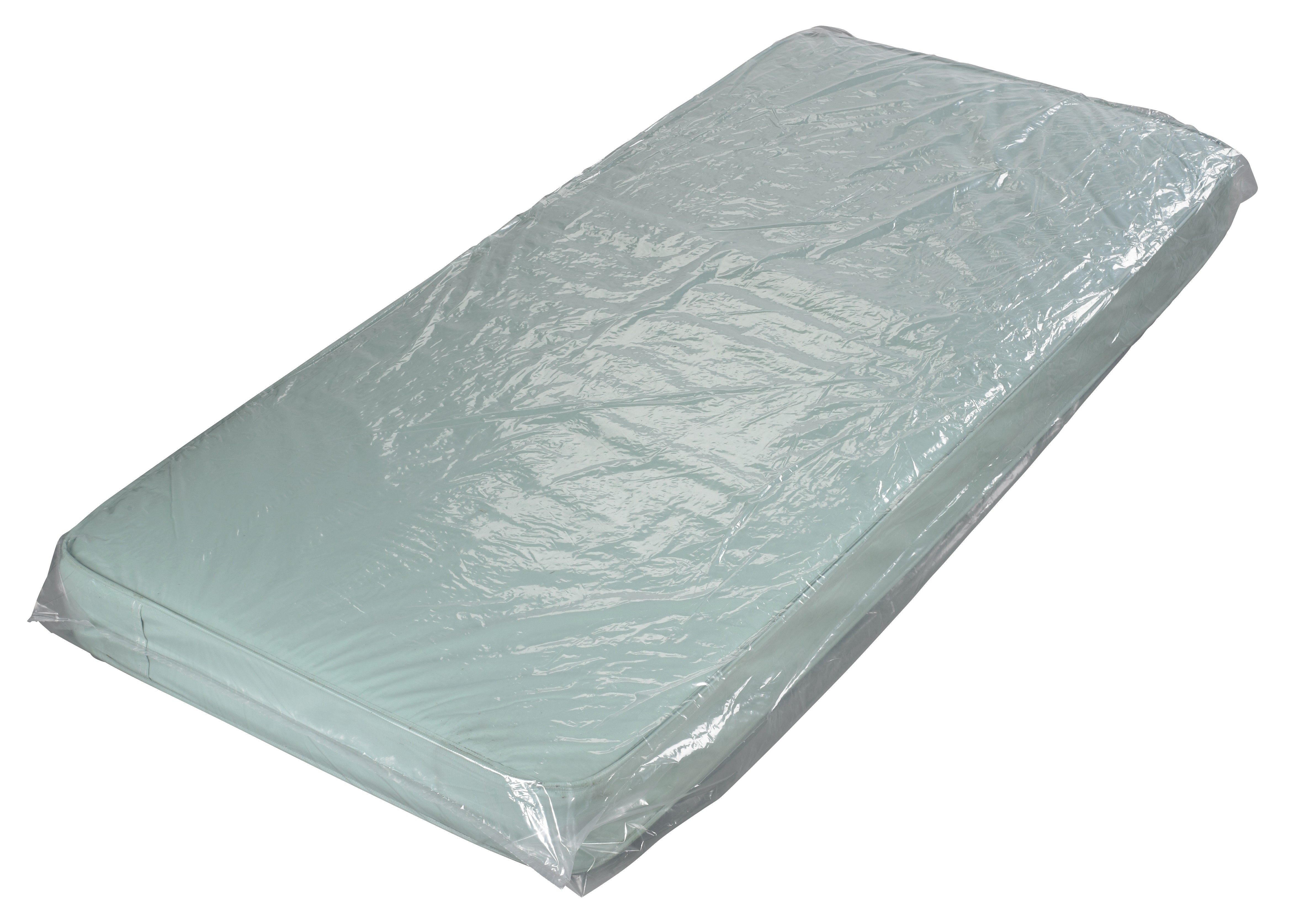When it comes to building an Art Deco style house, a topographic survey is an invaluable resource. A topographic survey is a detailed map of the land, taken with specialized equipment to show elevation, contour, and detail of an area. This survey will provide architects and designers with the information they need to create accurate 3D models and floor plans that reflect the topography of the land, making it easier to ensure the highest level of accuracy in the design phase. Using a topographic survey, designers can create house plans that mesh perfectly with the lay of the land, avoiding costly errors later on. These plans are also helpful in the creation of 3D digital terrain mapping and house design plans, as they provide a more detailed picture of the land that would otherwise be difficult, if not impossible, to replicate.House Plans Based on Topographic Surveys
By using a topographic survey, it is possible to create 3D digital terrain mapping and house design plans. These plans allow homeowners to get a better idea of what the land looks like, so that they can determine if the shape of the house they desire is achievable. These plans are invaluable for helping homeowners plan for potential building issues, and they can be presented to other professionals such as surveyors or civil engineers to ensure that everything is accurate and in accordance with regulations. By using 3D digital terrain mapping and house design plans, designers and engineers can create house plans that are as close to the land as possible. This helps to eliminate the hassle and cost of having to redesign a house plan after the land has been surveyed, as most adjustments can be completed prior to the project’s commencement.3D Digital Terrain Mapping and House Design Plans
Land surveying services can also be used to create house plans. Surveyors are experts at taking measurements of the land, and can provide detailed information about boundaries, elevations, and other factors that may be useful in the design phase. This can serve to save time and money, as surveyors can provide the information needed to create the most accurate house plans possible. Surveyors can also provide additional services such as locating utilities for projects, which could come in handy when considering the installation of underground wiring or pipes. Surveyors can also help in creating wind load analysis for house plans, which is critical in ensuring that the structure is built to withstand strong winds in certain climates.Land Surveying Services for House Plans
Topographic surveys are essential in creating house plans, as they provide detail on the elevation of the land. This information can be used by architects and draftsmen in drafting floor plans that accurately represent the topography of the land. By understanding the contours and elevation of the land, architects and draftsmen can create floor plans that maximize space while maintaining the irregular shape of the land. Deviating floor plans from the topography of the land may not be the most desirable option, as it can lead to costly mistakes and reshaping of the land to fit the plan. Floor plans that are drafted directly from topographic surveys allow architects to design a house that is in sync with the land, creating a home plan that is more aesthetically pleasing and sure to fit the land perfectly.Drafting Floor Plans From Topographic Surveys
Elevation surveys are also used to create building foundation plans. This information is critical for architects and engineers in ensuring that the structure is able to properly handle the forces of nature, such as earthquakes and floods. An elevation survey will allow architects to plan for the movement of the ground if necessary, such as in areas prone to earthquakes. In addition, elevation surveys will provide information on the slope of the land, which can be used to create building foundation plans that are stable and secure. This is critical for maintaining the structural integrity of a home, and can help avoid costly mistakes in the future. Having a detailed elevation survey can help engineers and designers create plans that take into account the terrain, creating a secure and safe foundation for a home.Creating Building Foundation Plans From Elevation Surveys
Topographic surveys can also be used to create interior layout plans. By understanding the contours of the land, architects and engineers can customize a floor plan to match the natural shape of the land. The result is a unique interior layout plan that ensures maximum functionality in each room without sacrificing the aesthetic and architectural beauty of the home. Most designers tend to favor the interior layout plans created using topographic surveys, as they provide more freedom and flexibility when it comes to creating a residential space. Having a detailed understanding of the land helps in creating a plan that is sure to delight the owner of the house, while ensuring that the structure is built to handle the forces of nature and remain structurally sound.Creating Interior Layout Plans Using Contours From Surveys
By having access to a topographic survey, it is possible to create energy-efficient house plans. Architects and designers can use the survey data to understand the direction of the wind and the heat radiating from the ground. In doing so, they can create home plans that take advantage of natural elements such as natural lighting and cooling winds. Having this data can also help in the design phase, as designers can use the survey data to account for any potential issues due to wind direction and heating. By understanding the natural flow of heat and cold air, engineers and architects can maximize the energy efficiency of a home. This data can be invaluable when creating designs for homes in areas with extreme temperatures.Creating Energy-Efficient Home Plans Using Survey Data
Using topographic surveys to locate utilities is a critical step in ensuring that the home design is safe and efficient. With a detailed survey of the land, utility companies can be contacted to map out existing power, water, sewage, and sewer lines prior to construction. This will help in eliminating surprises down the road. Land surveyors also use topographic surveys to map out unsafe terrain in the house plan. For example, if an area is sloped or contains sinkholes, surveyors will be able to note this prior to construction and help determine the best plan for managing these areas. By having this data available, homeowners are better able to understand any potential issues with the land prior to beginning the construction process.Locating Utilities Gaps Before Construction Using Surveys
Wind load analysis is a critical part of the design process, as it allows architects and engineers to ensure that the structure is strong enough to withstand extreme wind speeds. This type of analysis requires a detailed topographic survey that takes into account the direction of the wind and the elevation of the land. With this data, architects and engineers can create a plan that accounts for the effects of strong winds. Using a detailed topographic survey for creating wind load analysis is beneficial, as it eliminates guesswork and ensures that the structure can keep up with any potential storms. By having access to this data, architects and engineers can create house plans that will withstand the elements and stay standing for many years to come.Creating Wind Load Analysis for House Plans Using Surveys
Topographic surveys can also be used in the creation of long-term house plans. By understanding the topography of a land, architects and engineers can plan for the incorporation of large-scale landscaping projects or the installation of large scale stormwater runoff systems. Being able to take a high-level look at the land helps to determine what the long-term plans of a house plan may look like. Long range house plans created using topographic surveys provide a more detailed understanding of the land, which can help determine which projects to focus on first, and how to handle unexpected issues. Additionally, having a detailed topographic survey can also help to identify potential foundation issues in the future, helping to plan for any future repairs or renovations.Developing Long Range House Planning Ideas With Surveys
Using real-time topographic surveys, architects and engineers can develop house plans that are as close to the land as possible. This allows for the most accurate reflection of the lay of the land, as any changes in the landscape can be tracked in real-time. This type of survey can be invaluable for architects and engineers in creating plans that are tailored to the land. Real-time terrain surveys also provide other benefits, such as being able to monitor changes to the terrain over time. This can be beneficial in the long-term planning of a house as it can allow for the adjustment of plans to match any changes in the landscape.Developing House Plans Based On Real-Time Terrain Surveys
What Is a Topographic Survey House Plan?
 Topographic survey house plans are used to determine the terrain characteristics of a given property before the property can be developed. By collecting data about the site, these plans enable architects and developers to identify and prevent any potential problems that could arise from the terrain. They are also known as land survey plans.
A topographic survey plan will typically display the following visual information: elevations, contours, landforms, slope, landmarks, and vegetation. Elevations are depicted using various symbols, which represent the vertical distance above sea level. Contours show the configuration of the land surface by indicating the location of different elevation points. Landforms show the lands surface features including ridges, valleys, and hills. Slope data is presented in percentages to depict the variations in the steepness of the land. Landmarks can include man-made features such as buildings, while vegetation usually consists of trees or bushes.
Topographic survey house plans are used to determine the terrain characteristics of a given property before the property can be developed. By collecting data about the site, these plans enable architects and developers to identify and prevent any potential problems that could arise from the terrain. They are also known as land survey plans.
A topographic survey plan will typically display the following visual information: elevations, contours, landforms, slope, landmarks, and vegetation. Elevations are depicted using various symbols, which represent the vertical distance above sea level. Contours show the configuration of the land surface by indicating the location of different elevation points. Landforms show the lands surface features including ridges, valleys, and hills. Slope data is presented in percentages to depict the variations in the steepness of the land. Landmarks can include man-made features such as buildings, while vegetation usually consists of trees or bushes.
Benefits of a Topographic Survey House Plan
 Using a topographic survey house plan allows architects to create designs that are more accurate and functional. The data collected from the surveys helps the architect to understand the unique characteristics of a given property and ensure that the designs are in alignment with the terrain. Additionally, these plans can be used to reduce potential risks associated with building on the site, like that of flooding or landslides. They are also used to detect any hidden utility lines that may interfere with the building process.
Using a topographic survey house plan allows architects to create designs that are more accurate and functional. The data collected from the surveys helps the architect to understand the unique characteristics of a given property and ensure that the designs are in alignment with the terrain. Additionally, these plans can be used to reduce potential risks associated with building on the site, like that of flooding or landslides. They are also used to detect any hidden utility lines that may interfere with the building process.
Using a Topographic Survey House Plan
 To build an accurate topographic survey house plan, a surveyor will typically deploy various technological tools such as GPS receivers, 3-D laser scanning equipment, and even drones. Using these tools, the surveyor will measure the elevation, contours, landforms, and other terrain features of the property. The data is then compiled and displayed on a map, providing a comprehensive overview of the terrain's texture and topography.
With a topographic survey house plan at their disposal, architects can create exciting designs that are tailored to the terrain. These plans also come in handy when the construction process is underway as they can provide the framework for the contractor to follow.
To build an accurate topographic survey house plan, a surveyor will typically deploy various technological tools such as GPS receivers, 3-D laser scanning equipment, and even drones. Using these tools, the surveyor will measure the elevation, contours, landforms, and other terrain features of the property. The data is then compiled and displayed on a map, providing a comprehensive overview of the terrain's texture and topography.
With a topographic survey house plan at their disposal, architects can create exciting designs that are tailored to the terrain. These plans also come in handy when the construction process is underway as they can provide the framework for the contractor to follow.








































































































